
You Are What You Build: MaryAnne Gilmartin on Knowing Your Wheelhouse and Seeing What Others Don’t
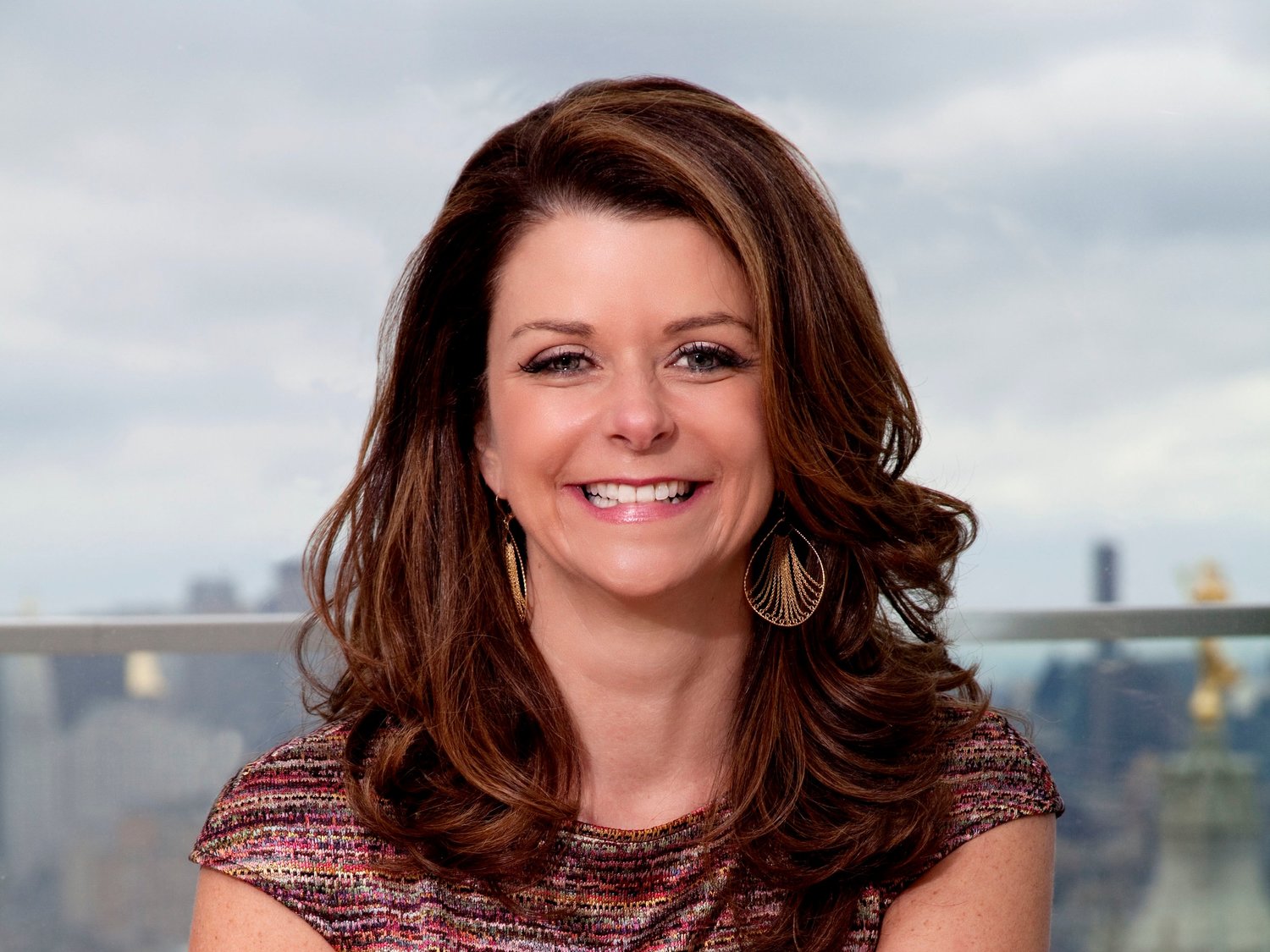
By Julia Gamolina
MaryAnne Gilmartin is Chief Executive Officer of L&L MAG, a New York-based real estate development company she founded with David Levinson and Robert Lapidus. Prior to founding L&L MAG, MaryAnne served as President & CEO of Forest City Ratner Companies, where she oversaw a period of game-changing ground-up development, including Barclays Center, New York by Gehry, and the Tata Innovation Center at Cornell Tech. MaryAnne has made multiple appearances on Crain’s New York Business’s annual list of New York’s 50 Most Powerful Women.
MaryAnne started her career as a New York City Urban Fellow and at the Public Development Corporation (now the NYCEDC). She speaks to Julia Gamolina about taking risks and excelling in a meritocracy, advising those who are just starting their career to be confident that their voice and their place at the table matters.
JG: How did your interest in real estate first develop?
MAG: Through pure serendipity. I had no inkling of what I wanted to be when I “grew up”, but coming out of university, I was first to be an Urban Fellow in a program for young people to try out public service. I ended up at the Public Development Agency, which is now the Economic Development Corporation (NYCEDC). It was quasi-public and had nothing to do with real estate, but I was attracted to the idea of what they were about. My plan was to spend a summer with them, and then go off to law school in September and fight for the rights of juveniles in the justice system.
I’m guessing that’s not quite how it went.
[Laughs] No, it did not. At the Public Development Agency, I discovered that I had real estate development in my veins – it just seemed more interesting, exciting, and somehow comfortable. At the time, Public Development was the agency where if you said you wanted to go into real estate, they would say to you, “Alright, let’s look at the West Side, what should we do with it?” It was an incredible place to start a career and I spent seven years there.
What were your main takeaways from working in the public sector?
My time there helped me understand the role that public policy and government play in the built environment for things of a certain scale. I learned to think big and to not be intimidated by complexity. You also think in different metrics on the public side, like job creation and tax dollars – not profit and bottom line, so as a private developer, my take-aways from that time allow me to now effectively partner with the government and marry the goals of public and private to make it a win-win all the way around.
When and why did you transition into the private sector, into real estate?
At some point I realized that I could be on the private side, and still be partners to the government, helping to solve those issues. I segued into a private development with Bruce Ratner, meeting him when he was building the Bear Stearns building in Brooklyn. I was representing the city, negotiating tax incentives and the job retention program. The public side was all about public purpose, and I saw that I could parlay all that into a really meaningful job in ground up development while also paying back some college loans and having some fun.
“I never had my eye on the corner office, but it turns out, in a meritocracy, if you work hard, you eat what you kill – meaning you are what you build.”
Tell me about your start at Forest City Ratner.
I started with building new buildings in Brooklyn, Metro Tech being one of them. These were the days in the 90s when banks would take bullet proof limousines to look at potential office space Brooklyn [laughs]. A very different time.
Developing in Brooklyn was high risk, but the economics were very compelling. Brooklyn was a place to sharpen your tools because nothing was easy there – that’s always good though because when you work harder, you have a leg up on your competition and you know how to be more convincing. The work in Brooklyn ended up being super gratifying and we were eventually able to put a ground up building there every 12-18 months.
How were you able to break through like that there?
This is something that’s not possible without pervasive commitment. Mary Ann Tighe and I have a very deep connection and it started with my responsibility on Forest City’s Brooklyn leasing portfolio. We had all these buildings we were building and all this space that we needed to lease, and yet nobody wanted to come to Brooklyn. I said, “We need to know all the major brokers,” and I cold-called five of them, including Mary Ann Tighe. Cold-calling doesn’t usually work, but within 24 hours, Mary Ann called me back! She became my hero and my mentor.
What grew out of that mentorship, other than your success in Brooklyn?
When the New York Times was looking for developers, she put us on the list. We were very much an outlier – we were very qualified to do the work, as we had just built Madame Tussauds in Times Square and knew everything about the 42nd street project development area, but we were not in the milieu with the New York Times.
Mary Ann Tighe put us on that list though, and with a lot of determination, we put together a proposal to be their developer. In 2000 we were selected. That was a career defining moment for me – there is never one person within an organization that does a project, but there is often one person that is identified with the project as being the champion, the deal maker, the one behind the whole idea, and that was what it was for me. I met extraordinary people and I learned how to build beautiful user buildings with great architects.
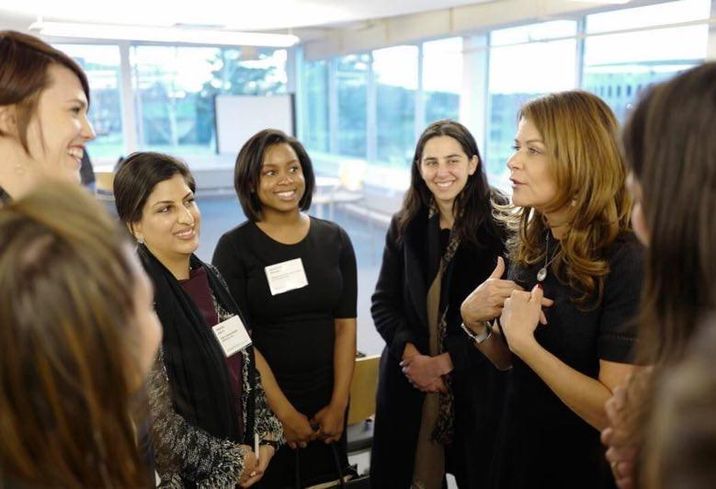
Why did this moment and this building define your career?
All of it really started with the architecture. The NYT was dedicated to building a beautiful building, and then 9/11 happened.
The day after 9/11, we stood up and proclaimed that nobody would want to work in a building that was a fortress to withstand those kinds of attacks. The Times was committed to transparency and exceptional architecture, so other than changing the type of glass and reinforcing the core, we did not change this object of beauty that Renzo Piano designed. I remember thinking, “Wow, what a fellowship we have created.” We had a world-class architect and an amazing partner and user in the New York Times, and they both vowed to follow through with the extraordinary building – they wanted to show the world that we needed to continue to be who we were before 9/11.
This project was clearly your beginning to an amazing tenure at Forest City. How and when did you become CEO?
I felt like I kept growing and learning and rising, and one day, Bruce came and said, “You’re going to run this company.” I remember panicking, thinking, “Everything is going so well, why would we screw it up!” I did what a lot of women do – I overthought and overmanaged the transition [laughs]. I wanted to show that I could really run this – I felt like it would be a terrible disservice to women in the industry if I was a proxy for a male-dominated industry and just a vessel for Bruce’s voice.
Becoming CEO of Forest City might have been the hardest thing I’ve ever done – to stand in the shoes of a man who was known as Bruce C. Ratner. If you’ve ever read anything about our company, the article would start by saying “Bruce C. Ratner” and then only somewhere in the body would it say Forest City. Imagine taking a job from somebody who had never shared that job with anybody before. Intellectually, he was ready for it, but emotionally, it’s a different thing. We got through it though, and we’re as thick as thieves.
What did it take to achieve such tenure at Forest City?
When it comes to careers, people think, “If there’s a magic elixir, give it to me.” We all want to know what the secret is. I think what might have gone my way is that I was raised in a meritocracy in the professional world. Bruce always chose the best man or the best woman for the job – he has two daughters. I never had my eye on the corner office, but it turns out, in a meritocracy, if you work hard, you eat what you kill – meaning you are what you build. Also, luck! The truth is, real estate is a business of cycles, and the cycles went my way. I was able to get a great selection of projects.
I’m glad you mentioned luck – when people say that luck doesn’t play a part in where they are today, I am always in disbelief. Yes, you need talent, and drive, and a work ethic, but timing and factors beyond our control also play into it, for better or worse.
I read an article recently that said that luck finds people. I think you first need a lot of positivity, creativity, and seeing things that others may not, and then luck comes your way. I was at a company that was willing to let me grow and take risks and bet on things. If you could dream it, believe in it, and defend it, you had a great shot at building it and that was an amazing reality inside that organization.
Tell me about starting L&L MAG after such a tenure.
At some point, Forest City became a REIT, a real-estate investment trust. I am first and foremost a hopeless developer, and I knew that building complex ground-up projects wasn’t going to be easy in a REIT. I didn’t want to be an operator with development as a twist; I wanted to develop, and I saw that Forest City would never do a New York Times building in the foreseeable future.
That reckoning for me was a moment of truth. I spent a fair amount of time thinking about what the next step would look like, and it became clear to me that it needed to be in the private markets – that’s where the ingenuity, the entrepreneurial spirit, and the creativity that goes into building ground up in places like New York lives. With a lot of thought, and the support of the company, I told them that I was planning on moving on and that we could possibly do something together, where I stuck with some of the things that they needed me for, but would build this new platform. I ended up forming L&L MAG with David Levinson and Robert Lapidus for all the right reasons, and I was able to handpick a group of people to bring with me to build an incredible organization. That was almost a year and a half ago.
How has the past year-and-a-half been?
It’s been amazing to be nimble, hunting for new projects again. We’re essentially a twenty-five year old start up because of our relationship with Forest City, but we’re also exploring a lot of new types of projects. We’re committed to building beautiful buildings and building them with people who look like the city we live in.Let’s be honest – in our industry, it’s been a long overdue mandate, and I’m super proud of my team and the fact that the organization itself looks like the people we build for.
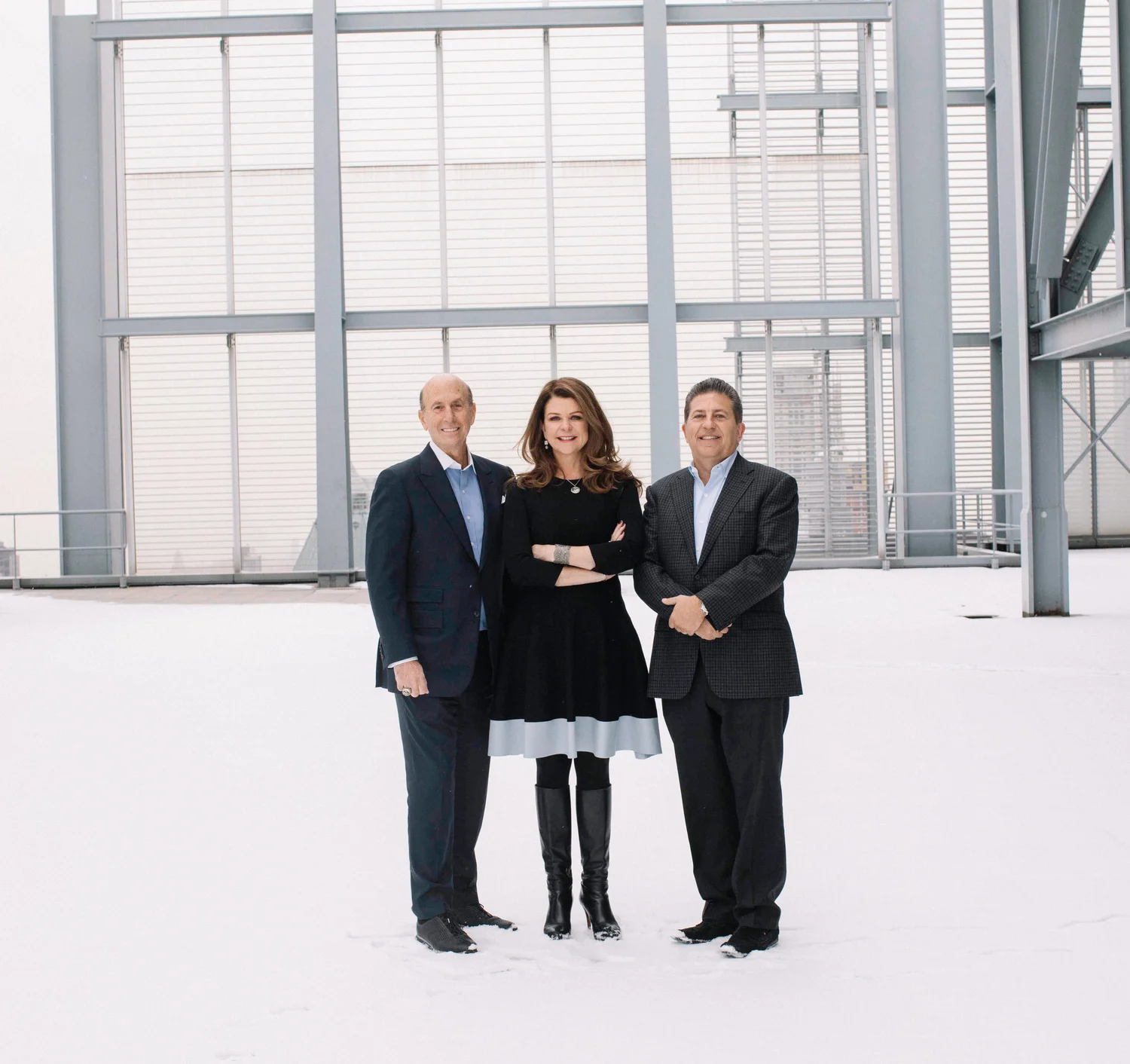
What advice do you have for those who’d like to start something of their own?
When you’re running something, as CEO you’re really the Chief Talent Officer – you have to resist the temptation to do, and instead, build the great people that will build and design the great buildings. Running a firm is all about the talent you find, and cultivating a culture of excellence and possibilities for the people around you.
How does motherhood play into your career?
It’s very important to me. I have three children and I was lucky to be working for a man that was willing to accept that if I wasn’t the kind of mother I wanted to be, I’d be no use as an executive. One lesson learned is that for a long time, I didn’t live close to where I worked while raising my kids – now they’re in Brooklyn and real little city slickers, but when they were little I commuted to and from Westchester and worked from home on Fridays. I read that Ruth Bader Ginsburg’s secret was that she never lived more than two miles from where she worked, and now I know why.
If moving to Brooklyn was a liberating aspect of motherhood, technology was another one – I did my best work after 11pm, though that probably wasn’t great for my marriage. I haven’t spoken too much about this publicly, but I should say that I’m now divorced – it happened gradually and then suddenly. My ex-husband stayed home with the kids, and that probably wasn’t the best model for us. If we’re really honest, as a woman who is the primary in the office and also tends to have primary tendencies as a mother, it’s hard to create equity and balance in the relationship. It’s been two years, and it’s taken us some time to recover, but I would say that everyone needs to do whatever works for them to make the best for their family. The moral of the story on motherhood is we have to do what works for us.
One thing I will say is that I was able to truly bring my children into my work. In a society where we push a lot of paper and buttons, if you’re working in the built environment, you have a physical manifestation of what you do every day. When your kids want to know where you are and what you do, you can bring them in a hoist and walk them around floors, or roll out blueprints and walk them through a plan of an arena. There’s nothing more magical. My children know that I love my work, and that it’s important to love what you do, and the more it can become part of the family’s fabric, the more life-giving it is.
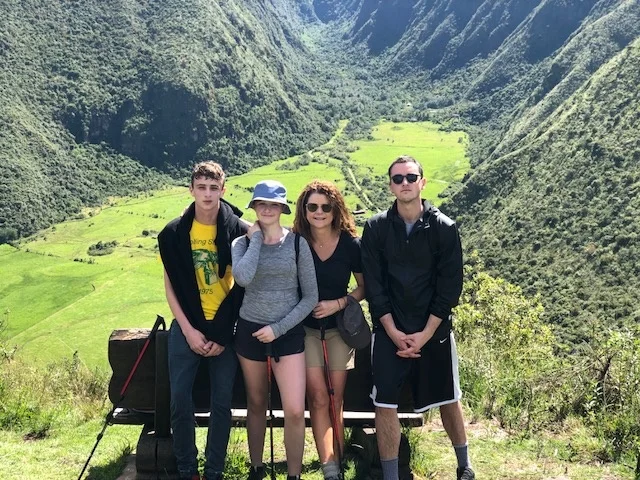
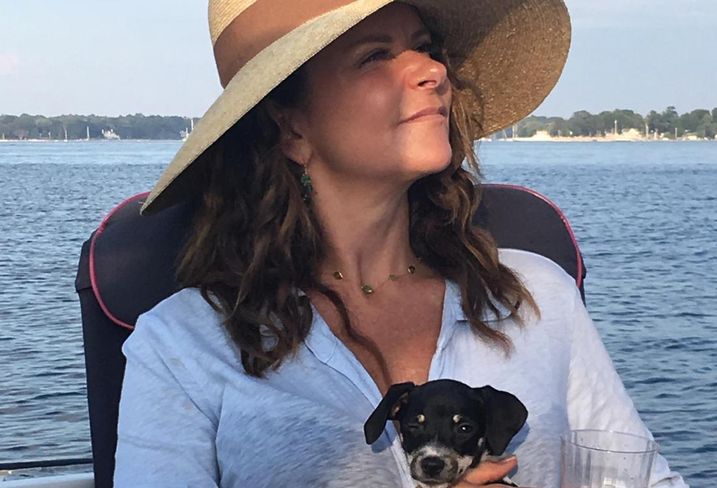
Jumping off of your approaches to motherhood, what has been your general approach to your career?
I have a lot of gratitude for the people that steered me – having Mary Ann Tighe as a mentor is like winning the career lottery – so staying connected to the human element of what we do, valuing relationships, and investing in those relationships in a really meaningful and authentic way, is important.
Valuing the rookie factor is important too! Some of the best things come from the people that are not in the box – the reason that I love internships and having young people in the room, is that we don’t often see things that they do. Creating an environment where everyone’s voice matters is really important.
“Let’s be honest – in our industry, [equal representation] has been a long overdue mandate, and I’m super proud of my team and the fact that the organization itself looks like the people we build for.”
Finally, how do you develop the courage to use that voice?
You know, I never got the memo about feeling intimidated – I always had the feeling that if I knew what I was doing, and I had a job to do, I had a place at the table. If I didn’t have a place at the table, I shouldn’t even be in the rom. I was by age and by gender, a minority for many many years, but I was never intimidated. In general, my view of the workplace and of women is that these conversations have to happen together with men. I will no longer do a panel that’s all women – men need to be involved in the conversation and need to be participating, if we want to see change.
One of my hopes is the “she-building” – I want to put together a building in New York where every part of the process is done with a woman in command. Just like the New York Times project did for me, who knows what that kind of building and process will launch for women starting their tenures today.
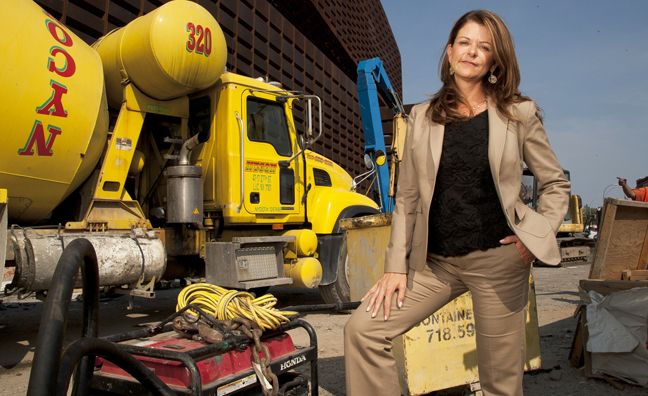
View Source